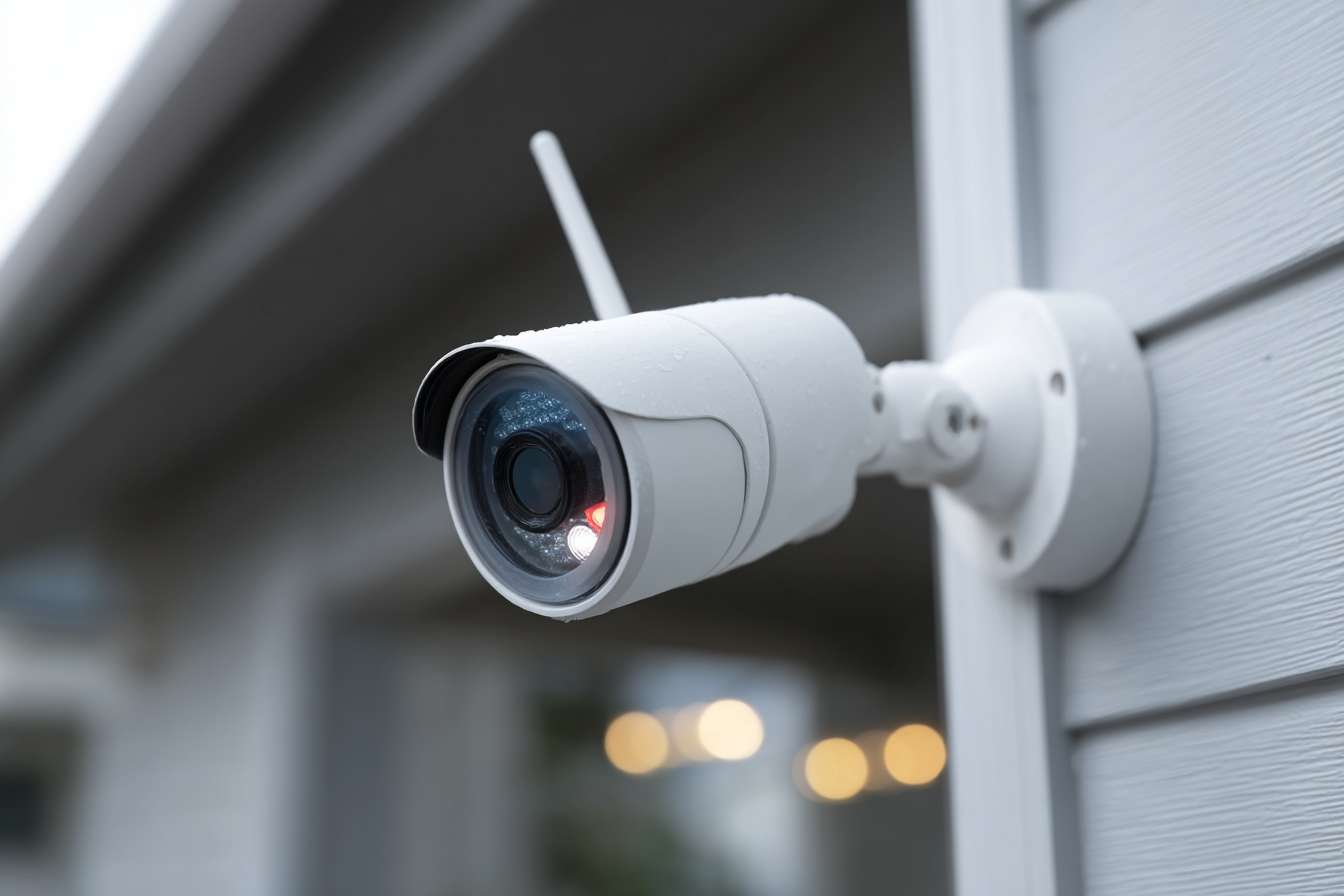No Wires, No Limits: Explore the Benefits of Solar Security Cameras
Solar powered security cameras are changing how homeowners and businesses monitor their property. With no need for wiring or external power, these systems offer easy installation, long-term energy savings, and reliable surveillance—day and night. Whether you’re looking to protect a rural property, garage, or entryway, solar security cameras may be the right solution. This guide explains the key features, setup tips, and what to consider before buying.

How do solar security cameras work?
Solar security cameras operate on a simple yet ingenious principle. They feature built-in solar panels that capture sunlight and convert it into electrical energy, which is then stored in a rechargeable battery. This stored power enables the camera to function continuously, even during nighttime or cloudy periods. The camera’s core components, including the image sensor, processor, and wireless transmitter, draw energy from the battery to capture, process, and transmit video footage. Most solar cameras are equipped with motion sensors to conserve energy, activating recording only when movement is detected.
What are the key benefits of solar security cameras?
One of the primary advantages of solar security cameras is their ease of installation. Without the need for power cables or proximity to electrical outlets, these cameras can be placed virtually anywhere on your property. This flexibility is particularly beneficial for monitoring remote areas, large properties, or locations where running electrical wiring would be impractical or costly. Additionally, solar cameras contribute to long-term energy savings, reducing your electricity bills and carbon footprint. Their wireless nature also makes them less susceptible to tampering or cable cutting, enhancing overall security.
Where to install solar security cameras for optimal performance?
To maximize the efficiency of your solar security camera system, strategic placement is crucial. Ideal locations include areas that receive ample direct sunlight for several hours each day. South-facing positions often work best in the Northern Hemisphere, as they typically receive the most sunlight. Common installation spots include rooftops, eaves, or high on exterior walls. When positioning your cameras, consider potential obstructions such as trees or neighboring buildings that might cast shadows. It’s also important to balance sun exposure with optimal viewing angles to ensure comprehensive coverage of your property’s vulnerable areas.
What features should you look for in solar cameras?
When selecting a solar security camera system, several key features can enhance its functionality and user experience. Look for cameras with high-resolution video capture (at least 1080p) and night vision capabilities to ensure clear footage in various lighting conditions. Wide-angle lenses can provide broader coverage, potentially reducing the number of cameras needed. Two-way audio allows for communication through the camera, while weather-resistant construction ensures durability in outdoor settings. Many advanced systems also offer AI-powered person detection to minimize false alerts triggered by animals or moving objects.
How do solar cameras with cloud storage and mobile alerts work?
Modern solar security cameras often integrate cloud storage and mobile alert features, offering enhanced convenience and accessibility. These systems typically connect to your home Wi-Fi network, allowing them to transmit captured footage to secure cloud servers. This approach ensures that your recordings are safely stored off-site, protected from physical damage or theft of the camera itself. Mobile apps enable users to view live feeds, access recorded videos, and receive real-time notifications on their smartphones or tablets when motion is detected. Some systems even allow for customizable alert zones and schedules to fine-tune notifications based on your specific needs.
What are the best solar powered security camera systems available?
When considering solar powered security camera systems, it’s important to compare features, performance, and pricing to find the best fit for your needs. Here’s a comparison of some top-rated options:
| Product Name | Key Features | Estimated Cost |
|---|---|---|
| Arlo Pro 4 Spotlight Camera | 2K video, color night vision, 160° view, 2-way audio | $199.99 |
| Ring Stick Up Cam Solar | 1080p HD video, night vision, 2-way audio, easy setup | $149.99 |
| Reolink Argus PT | Pan-tilt function, 1080p HD, 2-way audio, local storage | $139.99 |
| EufyCam 2C Pro | 2K resolution, 180-day battery life, AI human detection | $319.99 (2-cam kit) |
| ZUMIMALL Solar Security Camera | 1080p HD, PIR motion detection, IP65 waterproof | $89.99 |
Prices, rates, or cost estimates mentioned in this article are based on the latest available information but may change over time. Independent research is advised before making financial decisions.
In conclusion, solar security cameras offer a versatile, cost-effective, and eco-friendly solution for property surveillance. Their wireless nature and flexible installation options make them suitable for a wide range of applications, from home security to monitoring remote locations. By considering factors such as sunlight exposure, desired features, and integration with mobile technologies, you can select a solar camera system that provides reliable, round-the-clock protection for your property. As technology continues to advance, these systems are likely to become even more efficient and feature-rich, further solidifying their place in the modern security landscape.




